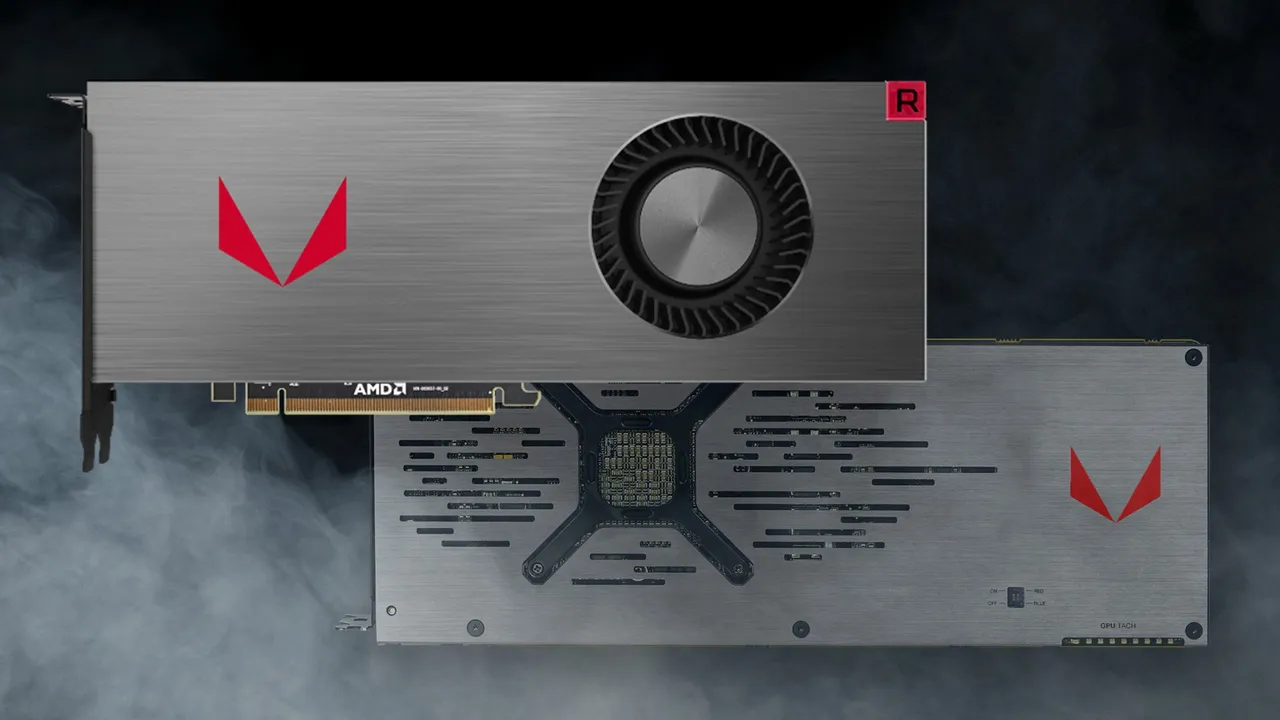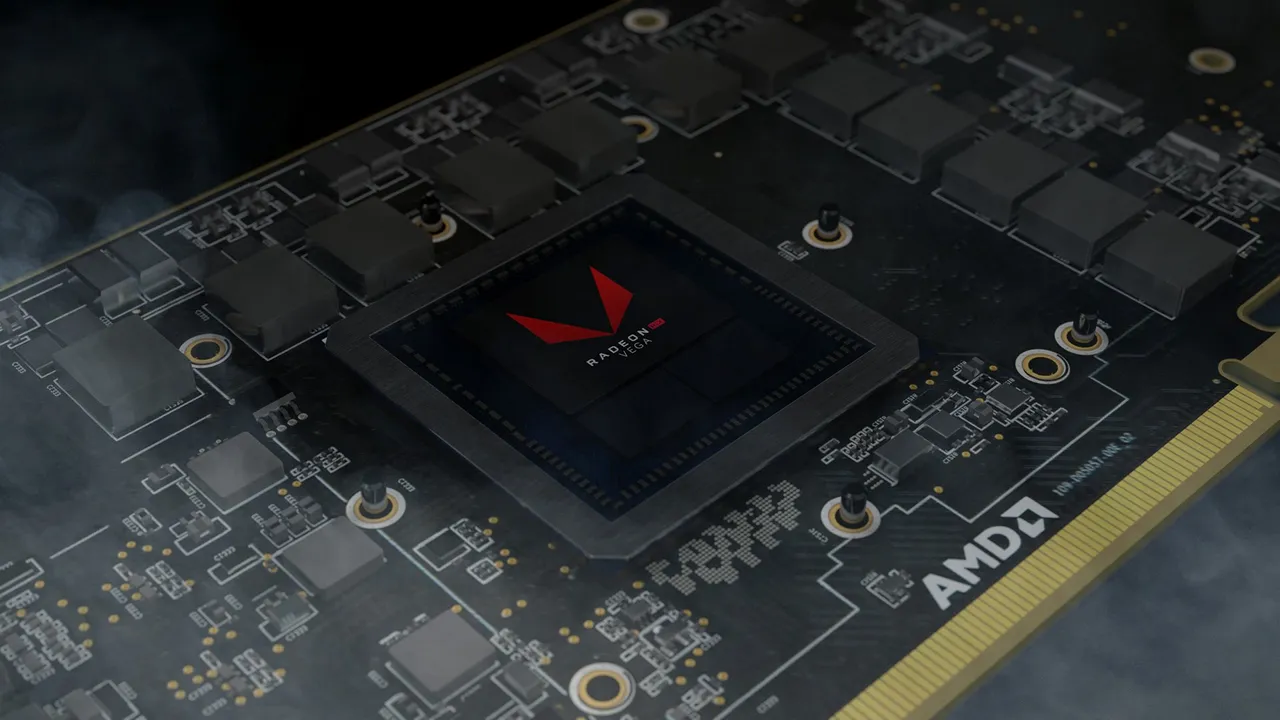AMD's Vega has been long anticipated but a bit shaping up to be a bit of a disappointment for gaming, really. The Vega architecture is incredibly potent, and has numerous forward leaning technologies like High Bandwidth Cache Controller, complete DX12 support, intelligent geometry discard pipeline, rapid packed math, HBM 2 etc. Unfortunately it's the same old story with AMD. They shoot for the Moon, while games are still on Earth. They simply can't translate their technological superiority into real world results till much result.

(Boy, is that one beautiful graphics card!)
As a result, the Vega Frontier Edition showed some very disappointing performance results, coming in between 1070 and 1080, while consuming as much power as 1080 Ti.
The RX Vega 64 is turning out to be far more competitive, and will probably end up in the same ballpark as GTX 1080 for games. It's still disappointing, because given the specifications this card should really be taking on the 1080 Ti.
Fortunately, mining is one application that's easily optimized for the Vega architecture. The Vega FE was doing only 30 MH/s in Ethereum, but it was well speculated that the drivers were holding it back. This thing's a monster, with 12.5 TFlops of computer power. The real clincher, though, is the FP16, which offers a startling 25 TFlops. I don't know how Eth's algo works, but it's quite possible some aspects of it can be optimized for rapid packed math (FP16). Combined with the high bandwidth and extremely low latencies for HBM2, we might be looking at an Ethereum hash rate of 70 to 100 MH/s. Pretty incredible for a graphics card costing just $500!
Then there's the Vega 56, which might offer similar performance for $400 and ~200W. Given how undervolting friendly Vega FE and even Polaris is, we could be looking at >50 MH/s at 100W!
This rumour comes from two independent and very reliable sources. Gibbo @ OCUK and Videocardz.

Of course, this spells disaster for gamers. I'm not a miner at all, but more of a gamer. Just really intrigued by graphics technology. Despite all its drawbacks, it was still shaping up to be a competent alternative to GTX 1080, and far more future proof. One day, gamers might even see performance as incredible as its mining performance from Vega, who knows? There's an immense amount of potential in this graphics card.
Sadly, I doubt I'll be able to buy one anytime soon. It's a race against the miners, one that I'm destined to lose.